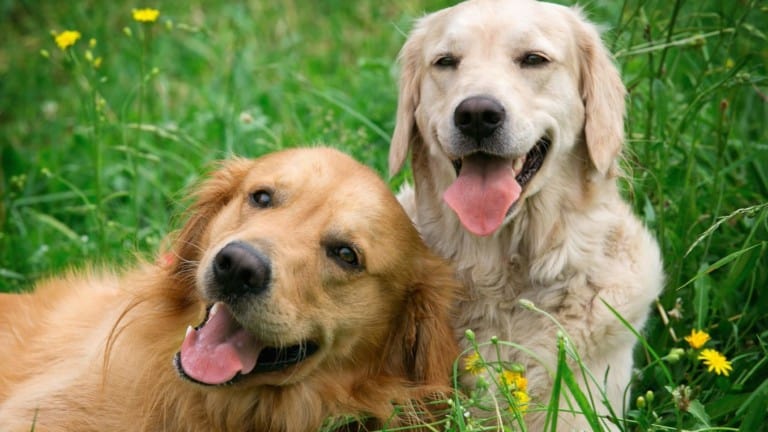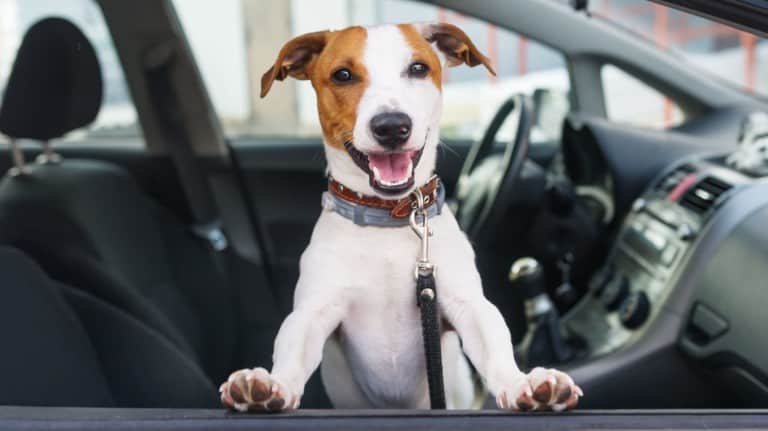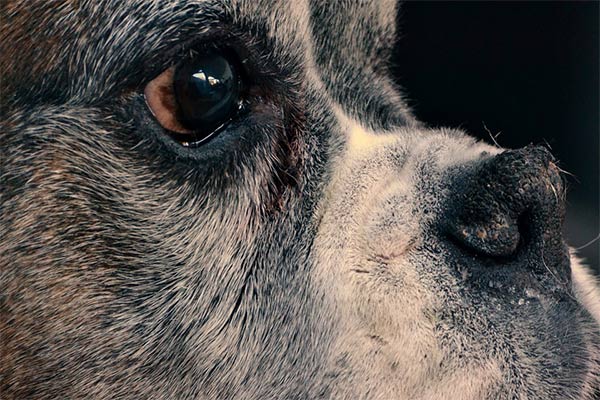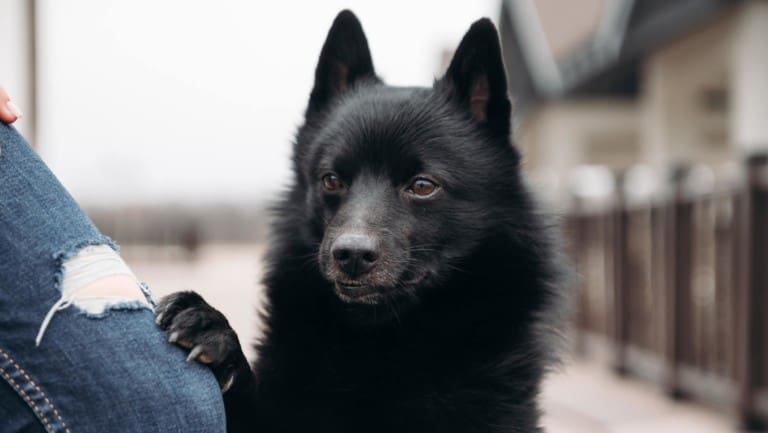
Martin
By Melissa Robinett, DVM, Bel Marin Animal Hospital, Novato, CA
The canine knee is a complex joint with an assortment of ligaments, cartilage pads, and small bones including the kneecap. This joint controls movement between the thigh-bone (femur) and the shin bone (tibia).
The small cranial cruciate ligament (CCL),called the anterior cruciate ligament (ACL) in humans, plays a very important function, and it is the most commonly damaged knee ligament. This type of injury is so common that any dog that suddenly starts limping, or becomes non-weight bearing on a rear leg (especially after exercise), more than likely has a CCL tear. In addition, a substantial number of dogs that tear one CCL will go on to tear the other one.
Cranial cruciate tears may occur acutely, especially when a rotational (torque) force is applied to the knee. This might occur when a dog is running and twists its leg in a gopher hole, or jumps up to catch a Frisbee and lands wrong on its leg. Also, some breeds of dogs may be prone to CCL tears because of their anatomy. Obesity is another risk factor.
Partial tears can also occur resulting in limping that may be subtle, at first, and then appear to resolve. If the ligament is already damaged, it may take very little force to finally rupture it – like going down a step, or running a short distance.
Diagnosis by your veterinarian starts with palpation of the leg joints. Dogs with a CCL injury may react with an “OUCH, that hurts!” when the knee is manipulated, particularly with full extension. Some stoic dogs may just try to resist the extension, without obvious pain.
Your vet will be looking for instability in the joint, especially the forward motion of the tibia against the femur or “drawer sign.” so called because the tibia will move forward like a drawer opening if the CCL is ruptured. X-rays will also help confirm the diagnosis, though the ligament itself will not be visible.
A ruptured CCL will result in the instability of the knee. Over time, severe deterioration of the joint will ensue. Depending on the age and physical condition of the dog, and wishes of its owner, surgery may be recommended to stabilize the joint.
There are several surgical procedures currently used to repair CCL tears. A comprehensive review of these is beyond the scope of this article, but your veterinarian can best guide you to choose the optimal management for your dog if it does injure this small, but important structure in it knee joint.
Reference: VeterinaryPartner.com






